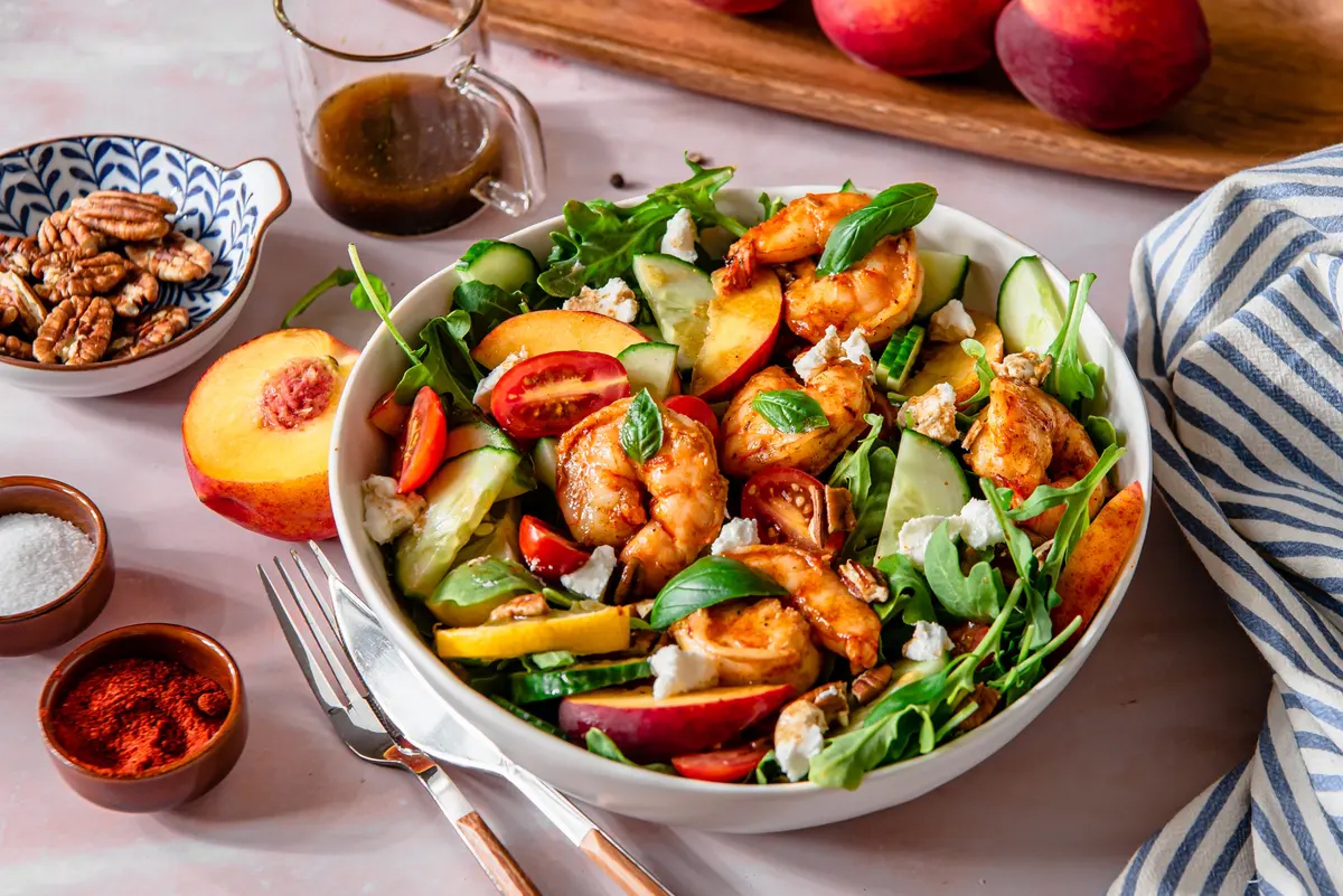Why We Love These 7 Popular Food Flavor Combinations
Learn the science behind why these popular food combinations have stood the test of time.
Aug 02, 2023
The first bite of a warm, soft cookie lights up your taste buds in all the right ways. The sweetness, the melt-in-your-mouth buttery dough, the rich chocolate chunks with just a touch of bitterness — they all come together to delight the senses. The only thing missing is a glass of ice cold milk.
But have you ever wondered what makes the taste of chocolate chip cookies so treasured and beloved? What about more unique flavors like hot chili peppers and chocolate or cheddar cheese and apple pie?
Here, with the help of Brenda Mortensen, food product development director and food scientist at sister brand Cheryl's Cookies, we uncover just what makes a dynamite flavor pairing and discover why some of the most popular flavor combos found in cookies and other desserts have stood the test of time.
Peanut butter and chocolate
This first flavor combination should come as no surprise: Peanut butter and chocolate is a timeless duo that conjures up feelings of comfort and nostalgia. Peanut butter has just the right amount of nutty richness to balance out the slight bitterness of chocolate.
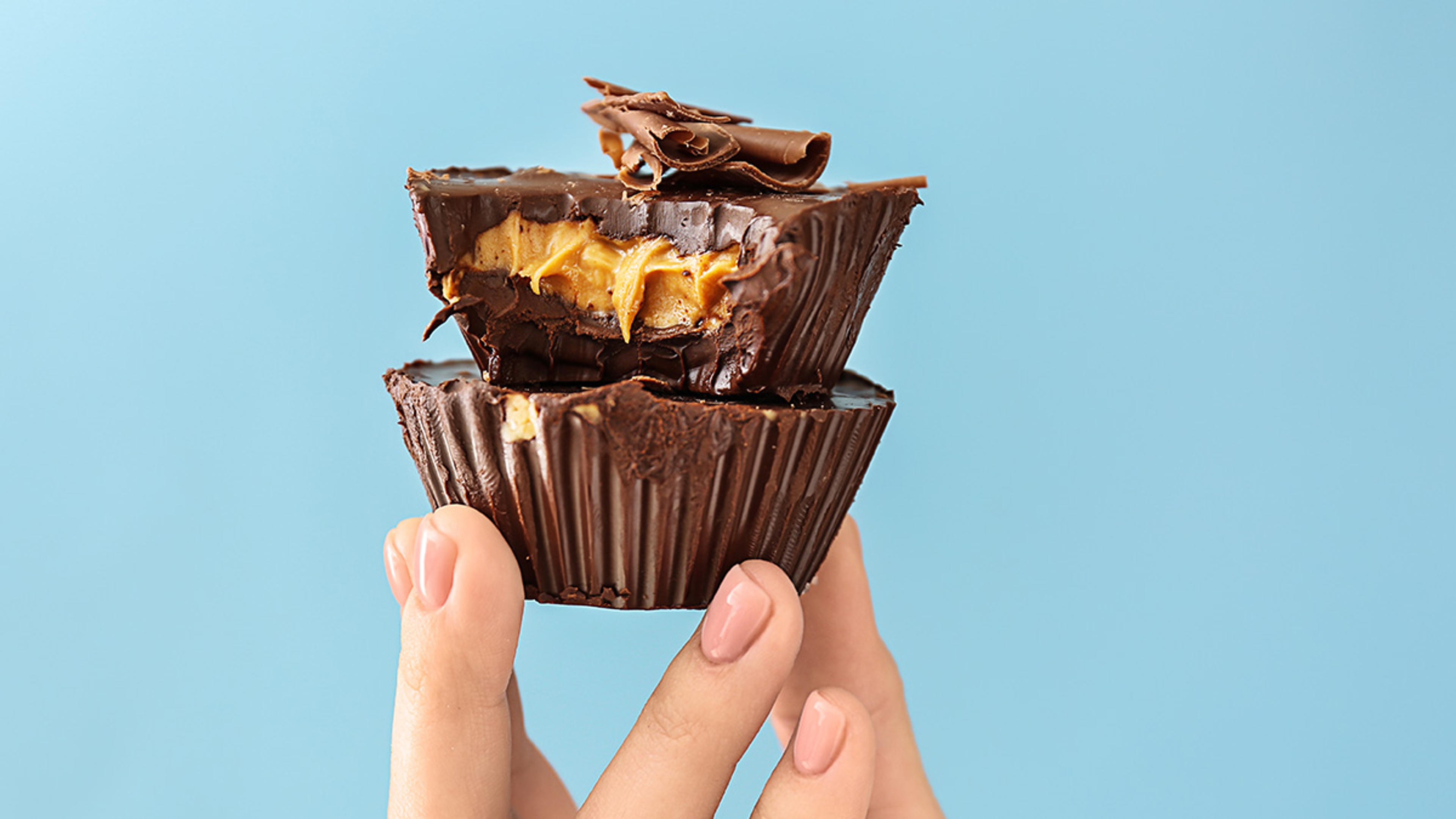
What makes this duo sing so perfectly on the palate, Mortensen says, is a complex process known as the Maillard reaction. This chemical reaction occurs around 300 degrees Fahrenheit, the temperature at which sugars caramelize.
Mortensen explains that the fat in both peanut butter and chocolate melts at the same temperature, which just so happens to be 98.6 degrees Fahrenheit — hence, where the term “melts in your mouth" comes from.
“The flavor and texture you get when you take a bite starts to change immediately," Mortensen says. “The chocolate becomes sweeter while the peanut butter becomes saltier."
Strawberries and cream
One of the reasons we love the taste of plump red berries floating in fresh, cold, sweetened cream is the dish's balance of sweet and sour flavors. But it's more than that.
“Flavor layering is not only about putting two flavors that taste good together — aroma and texture of the ingredients also play a key role in how we experience the food," Mortensen says.
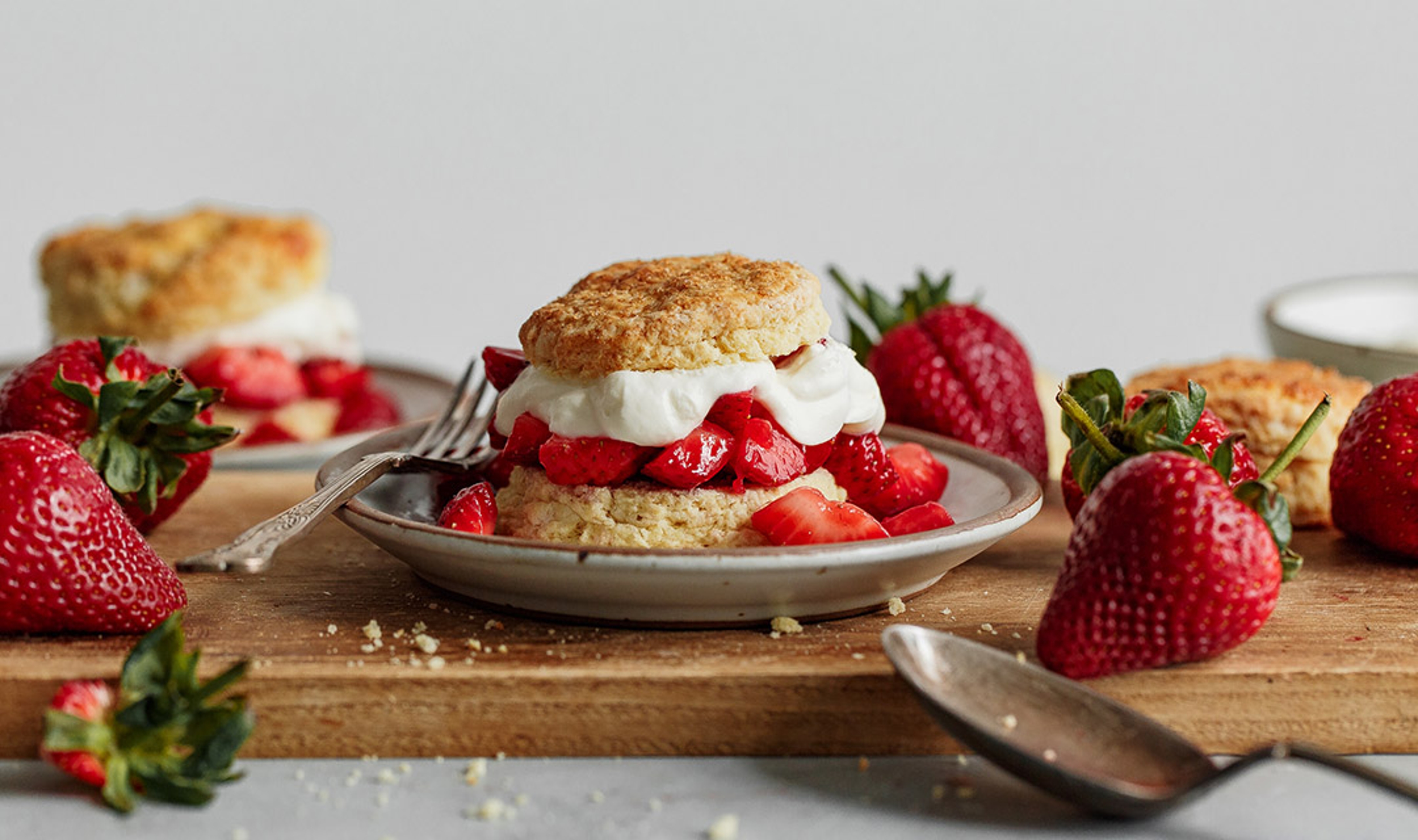
Combining ripe berries with lightly sugared cream allows your taste buds to pick up on the naturally tart but complex flavor of strawberries in contrast to the mouth-coating sweet dairy.
Taste this magical pair for yourself with this easy strawberry shortcake and lemon infused whipped cream. It's the perfect dessert for a summertime bash.
Caramel and chocolate
This tried-and-true combination is a sweet lover's dream. Caramel has both sweetness and buttery richness, and chocolate brings a bit of an astringent, bitter flavor that cuts through some of the decadence of caramel.
While caramel and milk chocolate complement each other well, Mortensen prefers caramel with a semi-sweet or dark chocolate.
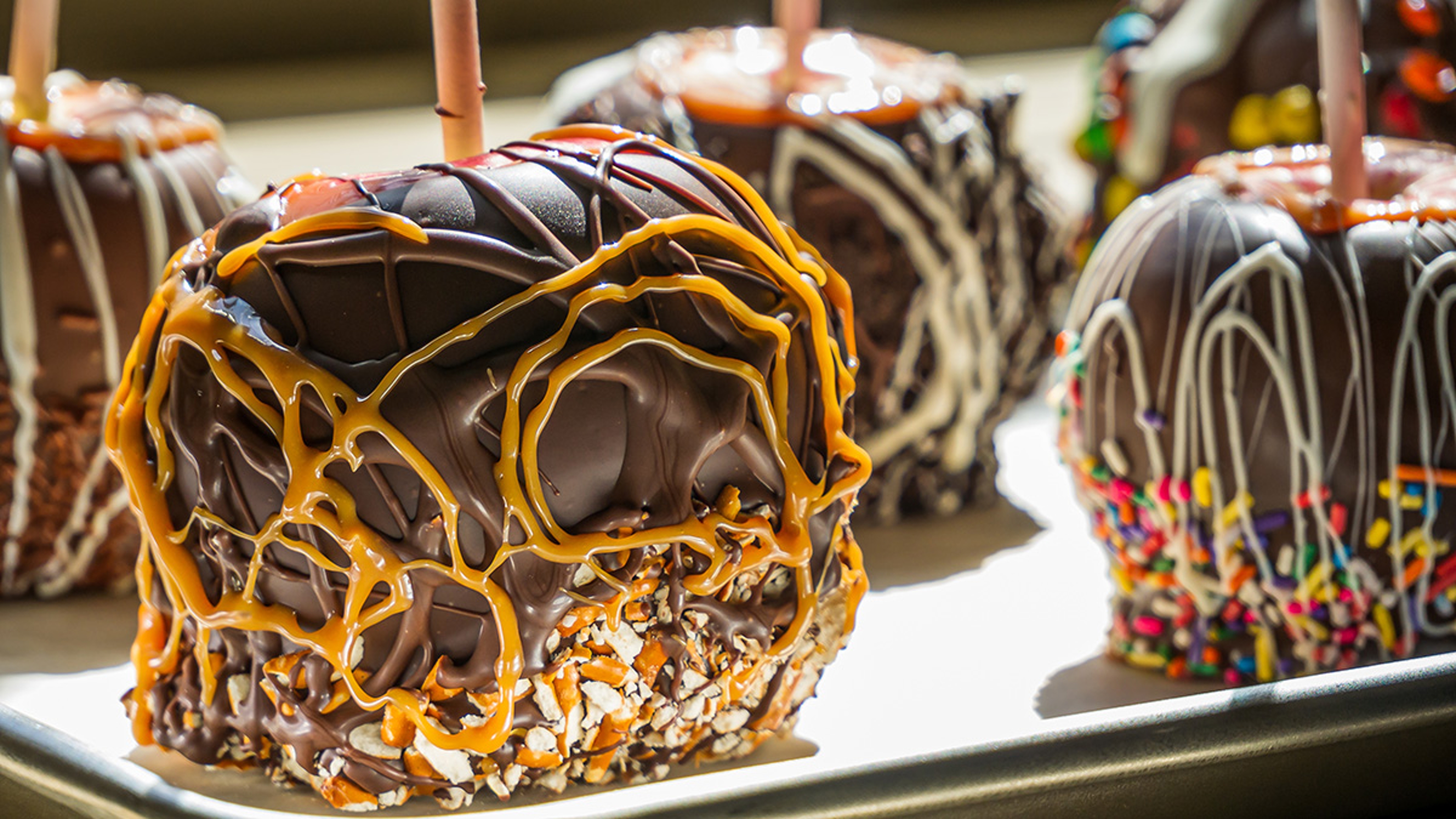
“It is a fabulous treat that is not only nostalgic and comforting but signals to the brain you are eating something special," Mortensen says.
To experience this special pairing in all its sinful glory, try these caramel fudge brownies. You'll thank us later.
White chocolate and lime
Here's a bright and light pairing that Mortensen looks for in the summer, when people want a treat that satisfies a sweet tooth without heaviness. White chocolate has a higher sugar content than dark or milk chocolate (even though it's technically not chocolate, as it does not contain cocoa solids), and fresh citrus provides the perfect tart and astringent counterpoint to its saccharine flavor.
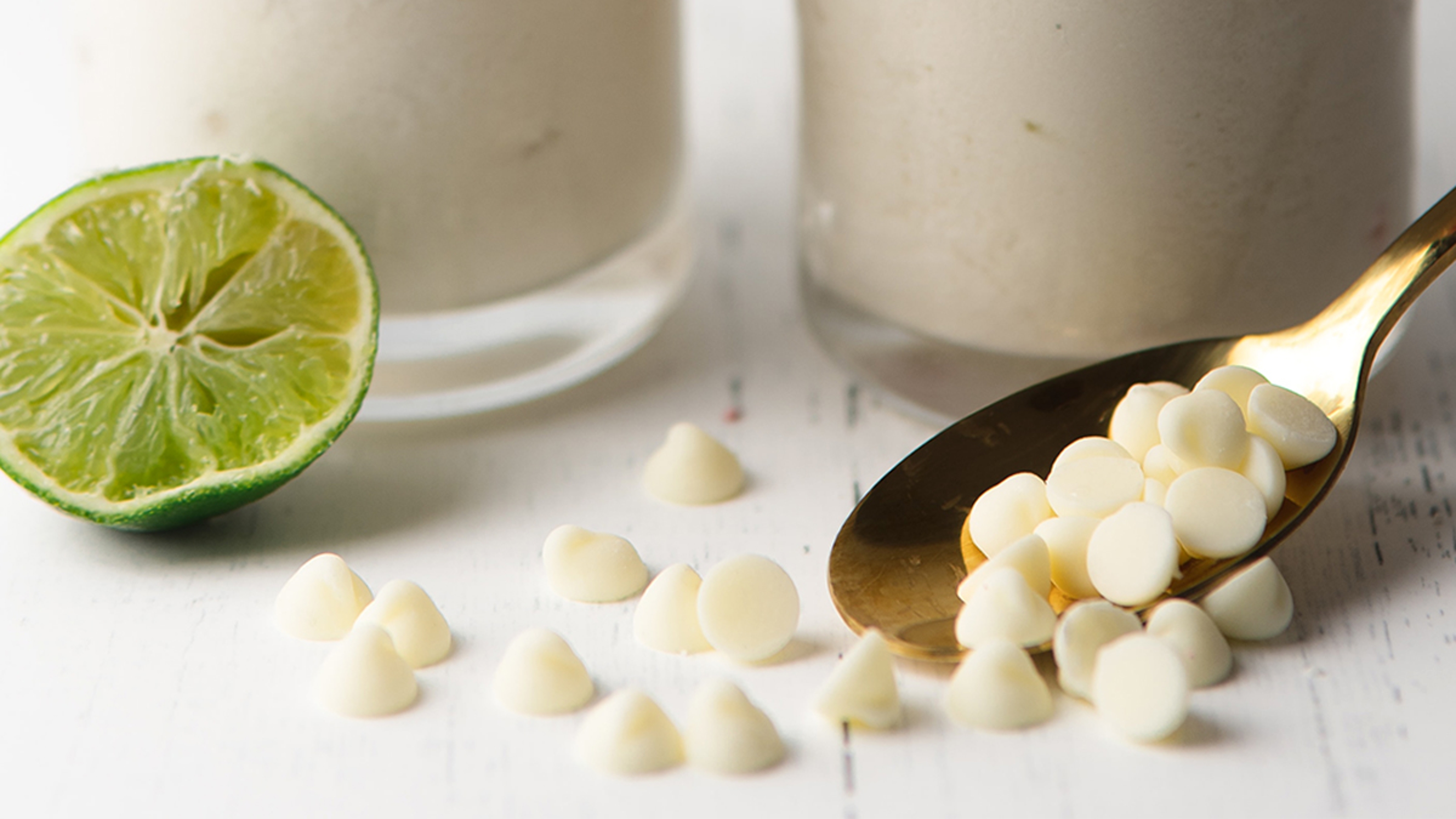
“White chocolate is unique in that it is both sweet and creamy, and pairs well with the tartness of lime," Mortensen says.
Give this flavor pairing a try in our white chocolate cookies topped with key lime buttercream frosting, a must-have summer dessert for barbecues and picnics.
Caramel and sea salt
This tandem is a favorite of those who like their sweet counterbalanced with some salty. In fact, this kind of flavor layering is show to trigger a positive biological response in the brain.
“Caramel alone can be overwhelmingly sweet, but when you taste both caramel and sea salt together, salt tones down the sweet notes and lets the rich undertones of the caramel shine through," Mortensen explains.
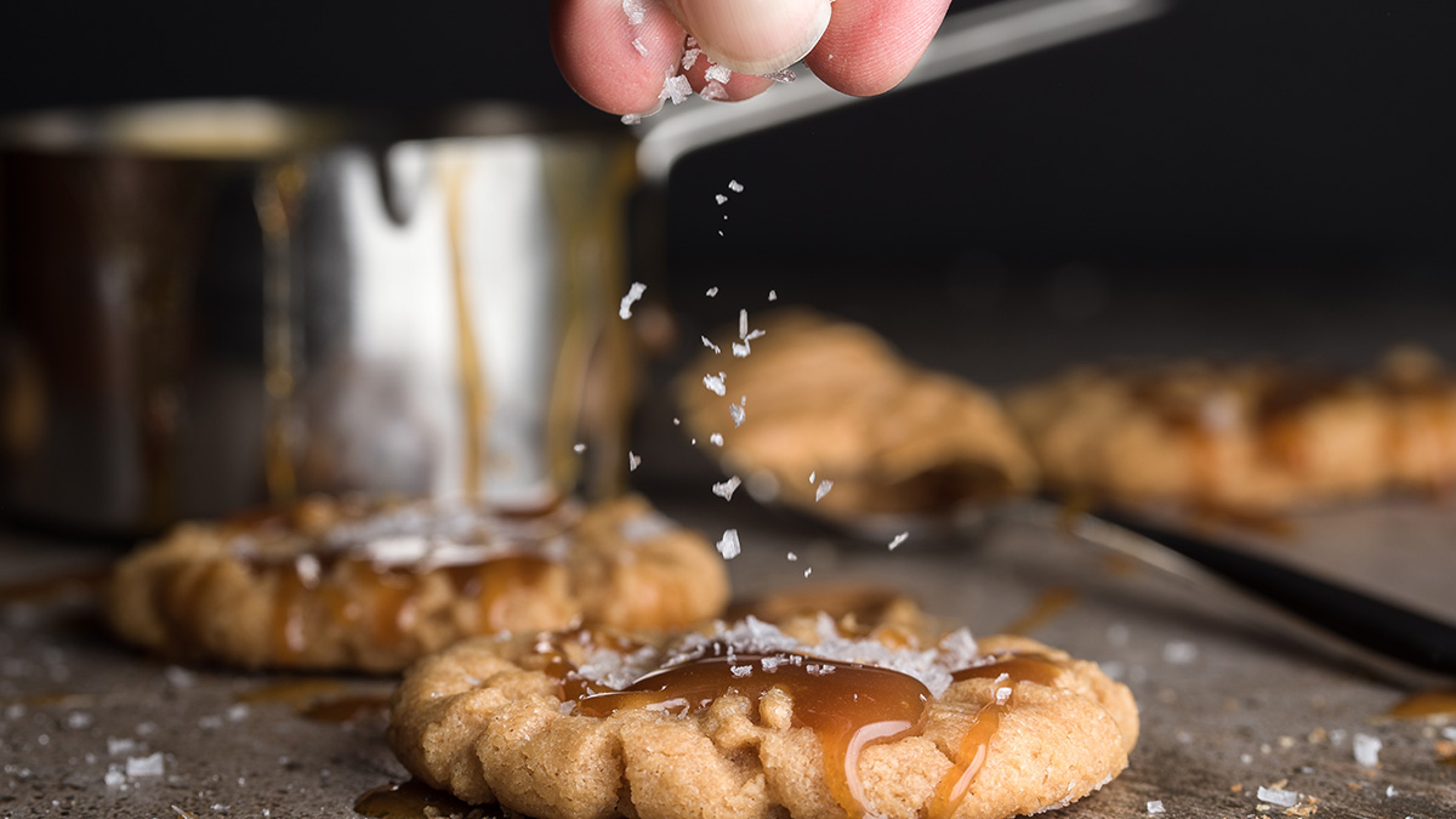
Of course, the kind of salt you use matters. Flaky sea salt has less salinity than table salt, ounce for ounce, so even when you see big grains of crystalized salt on our Belgian chocolate salted caramel cookies, you won't be overwhelmed by the taste of sodium. Instead, the salt on top helps highlight the sweetness of the caramel.
Raspberries and dark chocolate
In this romantic flavor coupling, you get the tartness of fresh raspberries with earthy, rich dark chocolate. (Mortensen warns, though, that this combination only works as long as the raspberries are not too tart.) This is a more sophisticated flavor pairing because it doesn't rely as much on sweetness as it does two distinct and refined flavors that titillate the palate.
Test it out with these dark chocolate raspberry truffles. They're sure to take your taste receptors for a ride.
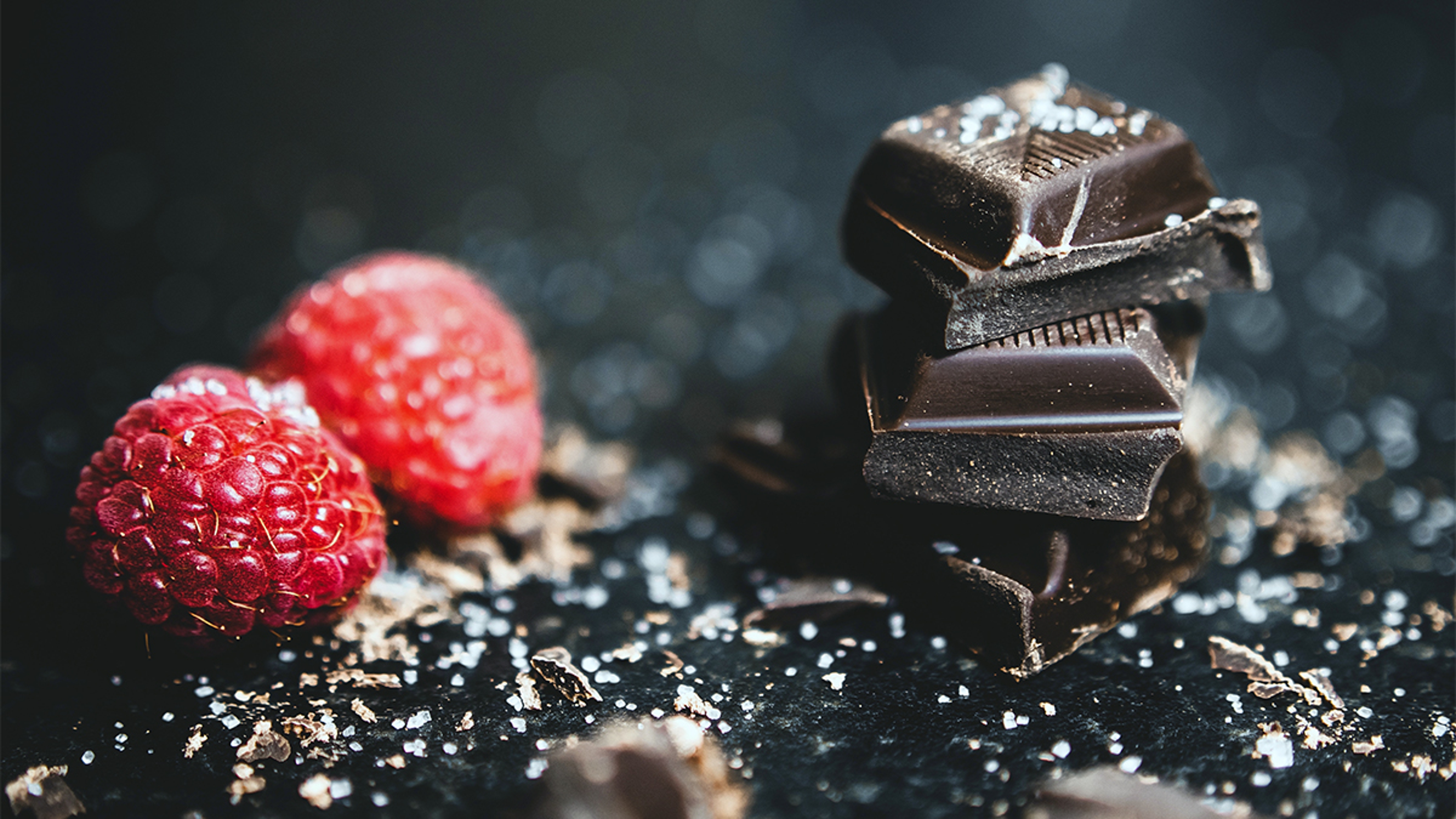
Pineapple and coconut
Here's a unmistakable union that's beloved around the world, and for good reason. Pineapple is a decidedly acidic fruit on its own, and coconut has a high fat content and nuttiness that can be overwhelming to some palates. But pair these two together, and you have a refreshingly bright and satisfying combination.
“Coconut is great for pairing with pineapple, as it helps tone down the acid and bring out the other flavors," Mortensen says. “It also adds its own sweetness and texture to create a complex mouth feel."
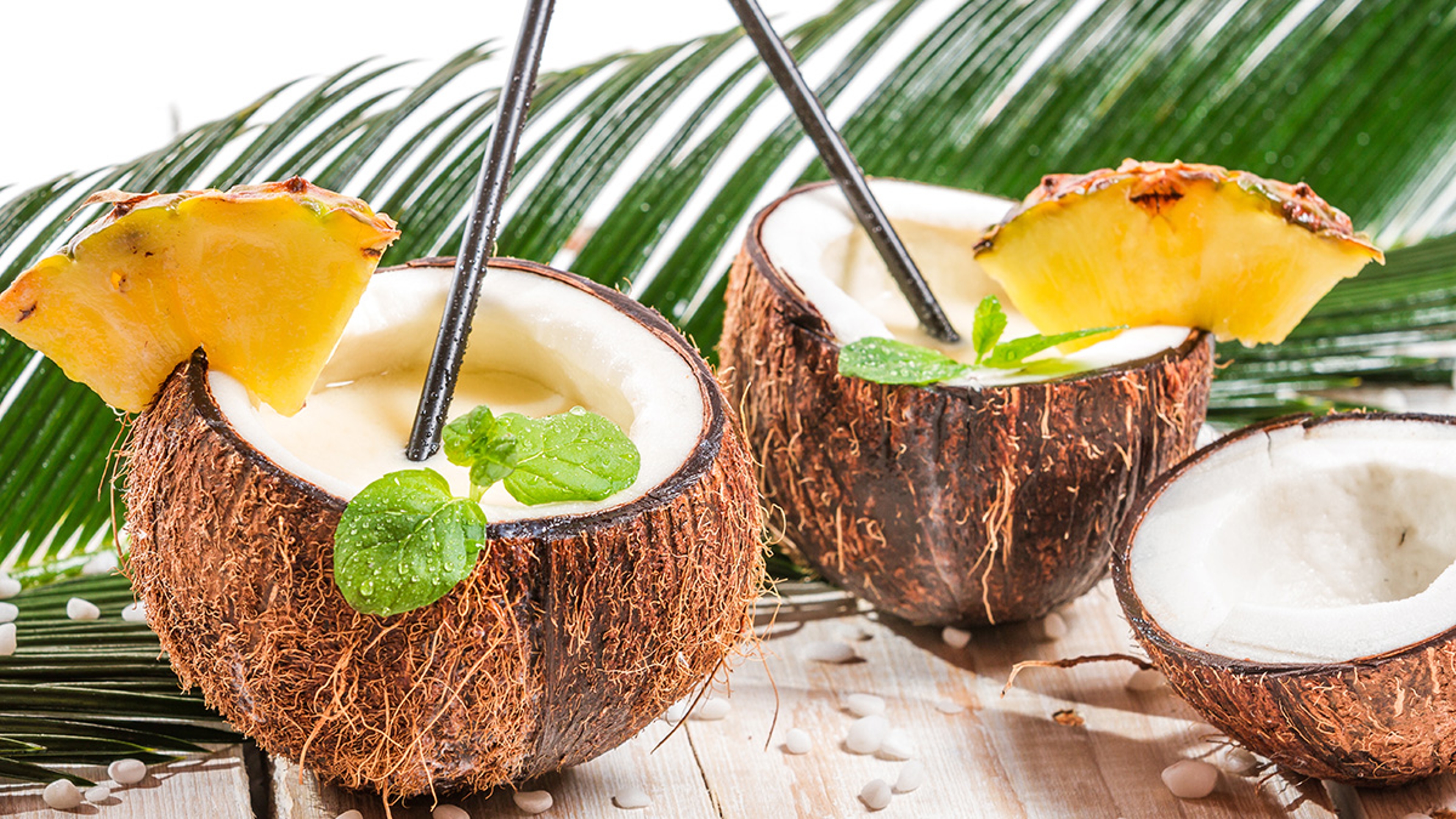
While there will always be tried-and-true flavor pairings that stand the test of time (looking at you, peanut butter and chocolate), the fun part about flavors is that they're always transforming and evolving.
Of course, the old standbys aren't going away, as there's always room for a classic chocolate chip cookie. Just don't forget the milk.
.svg?q=70&width=384&auto=webp)





